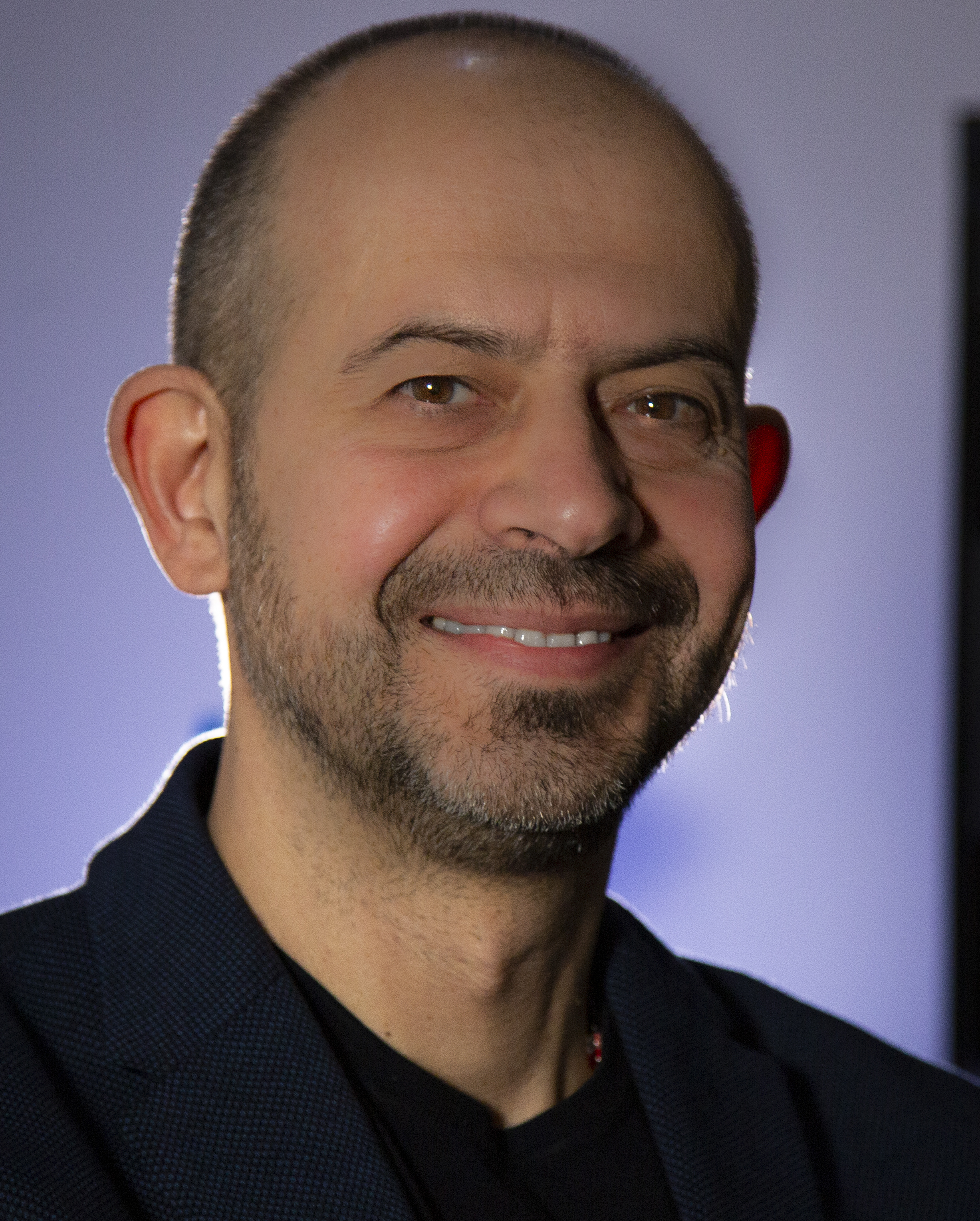
In Search of a Diagnosis
UNM Grand Rounds Speaker Highlights Rare Disease Day 2021
David Fajgenbaum was the picture of health while he was an undergraduate at Georgetown University, snagging a spot as quarterback for the football team.
But a few years later, while he was a third-year student at the University of Pennsylvania’s Perelman School of Medicine, Fajgenbaum fell critically ill “out of nowhere” with multi-organ failure.
“My liver, my kidneys, my bone marrow shut down,” he says. “I was on dialysis. I needed daily blood transfusions. I gained 70 pounds of fluid, all with no diagnosis.”
At one point Fajgenbaum was so sick that a priest administered last rites. Finally, a Mayo Clinic pathologist pinpointed a diagnosis: idiopathic multicentric Castleman disease. The disorder, whose cause is unknown, enlarges the lymph nodes and affects multiple organs.
In the 11 years since his diagnosis Fajgenbaum has joined the Penn faculty and dedicated his career to finding a treatment for his condition and promoting a broader awareness of rare diseases in general.
Fajgenbaum, who chronicled his journey in the best-selling memoir Chasing My Cure: A Doctor’s Race to Turn Hope Into Action, expanded on his experiences in a virtual Grand Rounds presentation to The University of New Mexico Department of Internal Medicine on January 28.
Fajgenbaum’s experience is quite typical for someone suffering from a rare disease, says Tudor Oprea, MD, PhD, who hosted Fajgenbaum’s presentation.
Oprea, chief of The University of New Mexico’s Translational Informatics Division, says that because rare diseases affect relatively few people, little research is devoted to studying them or finding effective treatments. Like Fajgenbaum, most rare disease patients visit one specialist after another in search of a proper diagnosis.
“It’s because they’re rare that we need to pay attention to these diseases,” says Oprea, noting that Rare Disease Day – observed each year on February 28 – highlights the fact that 300 million people around the world are living with one of these conditions.
Oprea and collaborators from around the world recently combed various databases to revise the estimated number of rare diseases from about 7,000 to nearly 10,400. In most cases, little is known about the underlying genes driving these diseases or the proteins they encode for.
Making matters worse, significant swaths of the human genome remain uncharted in terms of their function, complicating the search for effective therapies.
“There continues to be a tremendous gap between basic research and medicine,” Oprea says. Indeed, while scientific publications related to rare diseases are in the hundreds of thousands, the number of approved therapies for rare diseases is under 500.
In his Grand Rounds presentation, Fajgenbaum recounted how his physicians searched for a therapy to treat his symptoms, first trying a combination of seven chemotherapy drugs. “Thankfully, the chemotherapy kicked in and saved my life just in time,” he says.
Over the next few years he suffered periodic relapses and his doctors told him there were no new drugs in development that could help him. Fajgenbaum was further dismayed to learn there was no significant research underway – and no funding from the National Institutes of Health.
“What do you do when you fail to respond to all of the drugs that have ever been studied?” he says. “The only thing left is a novel approach.”
Fajgenbaum set up a laboratory at Penn to study Castleman’s and started the Castleman Disease Collaborative Network. Studying his own bloodwork, he realized that several inflammatory molecules became elevated just before each relapse. What they had in common was a regulatory protein known as mTOR.
Fortunately, an existing immunosuppressant drug called sirolimus was known to block the effects of mTOR. Seven years after he started taking it, Fajgenbaum has not had another relapse.
Today, he directs Penn’s Center for Cytokine Storm Treatment and Laboratory. He has been awarded millions of dollars in research funding from the federal government and pharmaceutical companies and is studying potential therapies for patients with other forms of Castleman disease.
Meanwhile, Fajgenbaum and Oprea are planning future collaborations in the quest to find novel therapeutics for rare diseases.